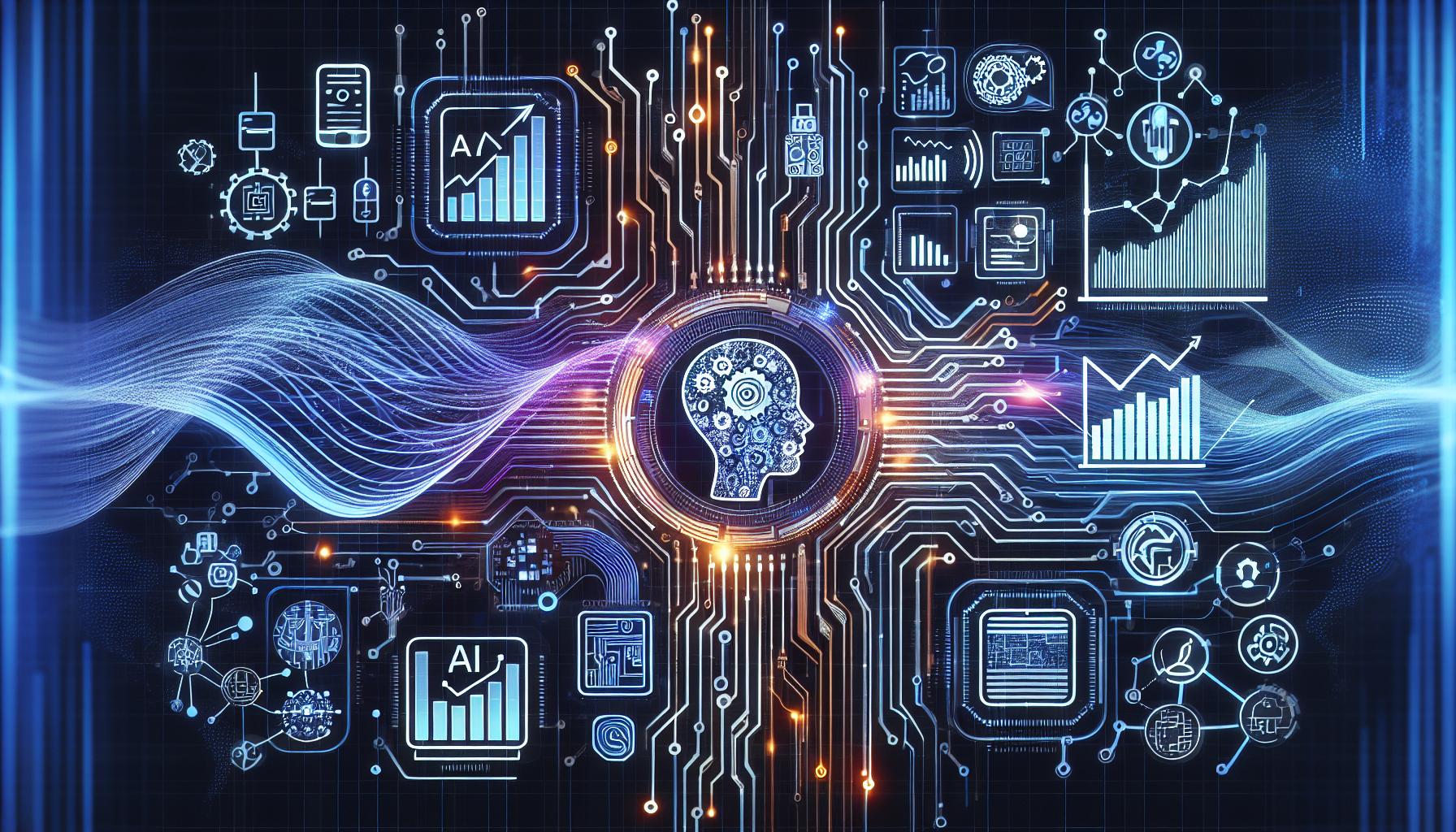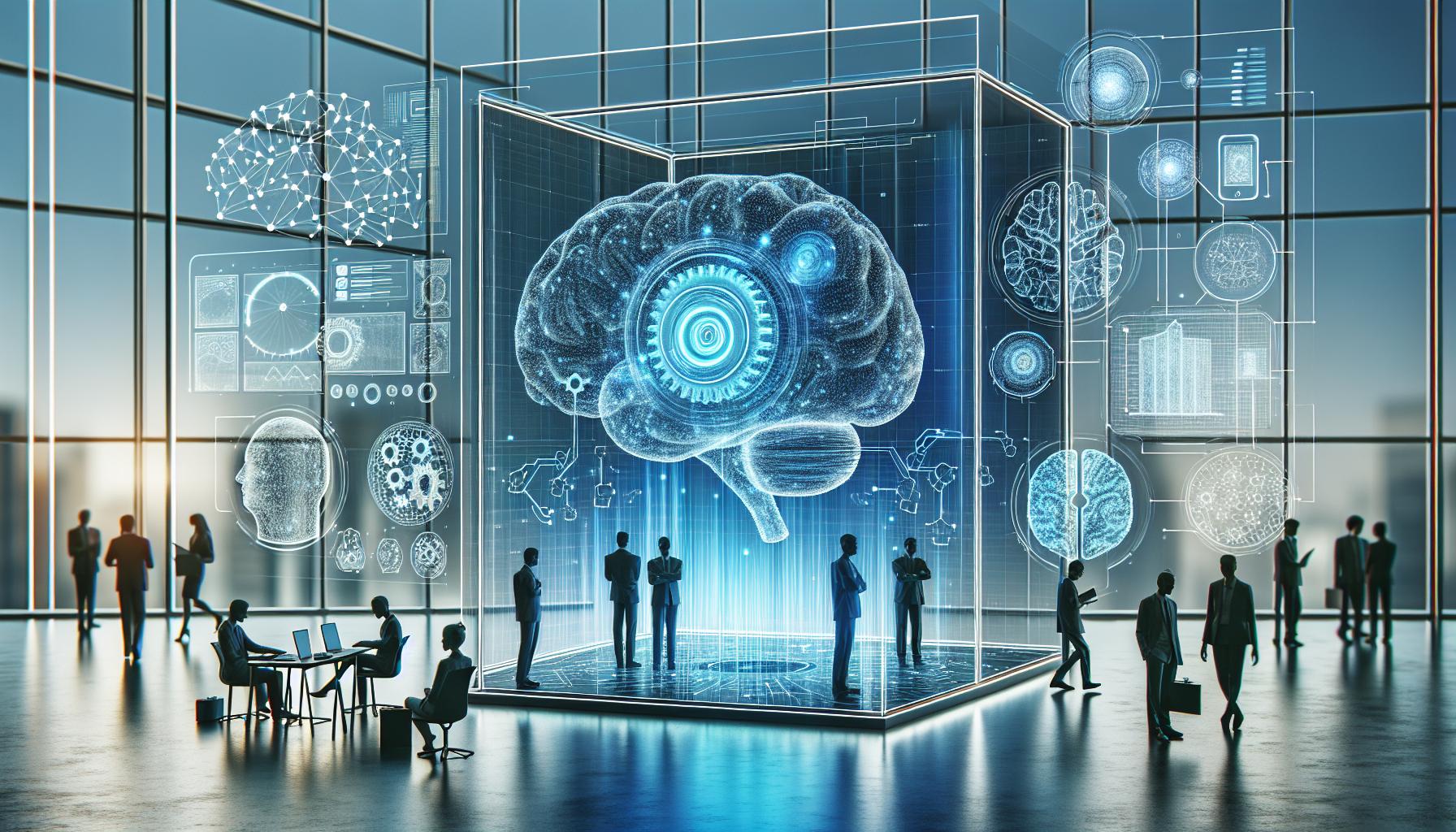Enhancing AI Training with Data Curation and Real-Time Learning Using RAIA's Vector Store

Introduction
The prospects for Artificial Intelligence (AI) have grown tremendously, and one of the key aspects driving this growth is how effectively A.I. can be trained. With the dawn of OpenAI's vector store, a new level of memory support for private and public utility has enabled far-reaching improvements in A.I. training. Whether it's for conversations with prospects, customers, or internal employees, a well-trained A.I. agent can make a significant difference. In this blog, we'll delve into two complementary approaches to A.I. training and explore how the integration of these methodologies allows for a more robust and adaptable A.I. agent, with special emphasis on the capabilities offered by RAIA's platform.
Approach 1: Training on Existing Information
The first approach in training an A.I. agent is likened to providing a new employee with a comprehensive training manual. This involves training the A.I. on all existing information residing within your data store, including documents, databases, third-party applications, and more.
Data Curation
The initial step is data curation, where relevant information is collected and curated from various sources. This step ensures that the training material is comprehensive and relevant, providing the A.I. with a well-rounded base of knowledge.
Feeding Data to the AI
Once the information is curated, it is then fed into the A.I. system. This step involves pushing the data through the A.I. to help it understand and apply this information effectively in real-world contexts.
Knowledge Base Creation
As the data is processed, a centralized knowledge base is created. This repository acts as a reference point for the AI, enabling it to answer questions and handle various scenarios with accuracy and efficiency.
This comprehensive baseline training prepares the A.I. with extensive foundational knowledge, empowering it to deliver accurate and contextually relevant responses.
Approach 2: Real-Time Training
Real-time training is where RAIA's platform truly shines. This approach is more dynamic and involves two critical components: training BOT interactions and live conversation analysis.
Training BOT Interactions
By deploying a training bot, organizations can simulate conversations to enhance the AI's learning capabilities.
Deployment
The first step is to launch a training BOT that interacts with employees. This BOT engages in simulated conversations, asking questions and gathering information about specific tasks and processes.
Learning from Feedback
As employees respond to the bot, the A.I. learns from this feedback, dynamically updating its knowledge base. This ensures that the A.I. remains current and adaptable to various job-specific tasks.
Live Conversation Analysis
The second component involves analyzing real-time conversations between the A.I. assistant and external or internal users. By monitoring these interactions, the A.I. continually refines and improves its performance.
Data Collection
All conversations are collected and analyzed to understand the nuances and complexities involved in human interactions. This helps the A.I. become more adept at handling diverse scenarios.
Continuous Improvement
Using real-time feedback from these conversations, the A.I. updates its knowledge base, ensuring that it remains accurate and up-to-date. This continuous improvement loop makes the A.I. increasingly proficient over time.
Leveraging Multi-Channel Communication with RAIA
One of the standout features of the RAIA platform is its ability to leverage multi-channel communication to facilitate A.I. training. RAIA supports seamless interactions via SMS and email, ensuring a broader reach and higher engagement levels from employees.
SMS and Email Integration
By incorporating SMS and email, RAIA ensures that employees can interact with the training BOT using their preferred communication channels. This flexibility makes it easier for employees to provide real-time feedback, questions, and insights.
Real-Time Feedback
Through SMS and email, the training BOT can promptly assimilate feedback into its learning process, making the A.I. more responsive and adaptive to the users' needs.
The Synergy of Both Approaches
Combining data curation and real-time training creates a powerful, synergistic effect, resulting in highly efficient A.I. training.
Comprehensive Baseline
The initial training on existing data provides a solid foundation of knowledge for the AI.
Dynamic Adaptability
Real-time training ensures that the A.I. remains flexible, continually integrating new information and feedback to stay current and effective.
Ubiquitous Communication
Leveraging multi-channel communication through SMS and email ensures maximum reach and engagement, leading to a more robust A.I. training experience.
This combination leads to A.I. agents that are not only well-prepared initially but also improve progressively, offering more precise, context-aware responses over time.
Addressing Future Challenges
While these approaches significantly enhance A.I. training, challenges like data privacy and access control remain critical. However, as technology advances, solutions to these challenges will continue to improve, further bolstering the effectiveness of A.I. training models.
Conclusion
Incorporating both existing information and real-time learning into the A.I. training process results in a superior solution. RAIA's dual methodologies, combined with support from the new memory utility provided by OpenAI's vector store, create A.I. systems that excel in varied interactions with prospects, customers, and employees. This ensures that your A.I. agents are always up-to-date, knowledgeable, and prepared to deliver exceptional performance.
Would you like to set up an appointment to discuss how our A.I. training solutions can be tailored to meet your specific needs?
Feel free to reach out for more details on how to effectively train your A.I. agents using these innovative approaches.


